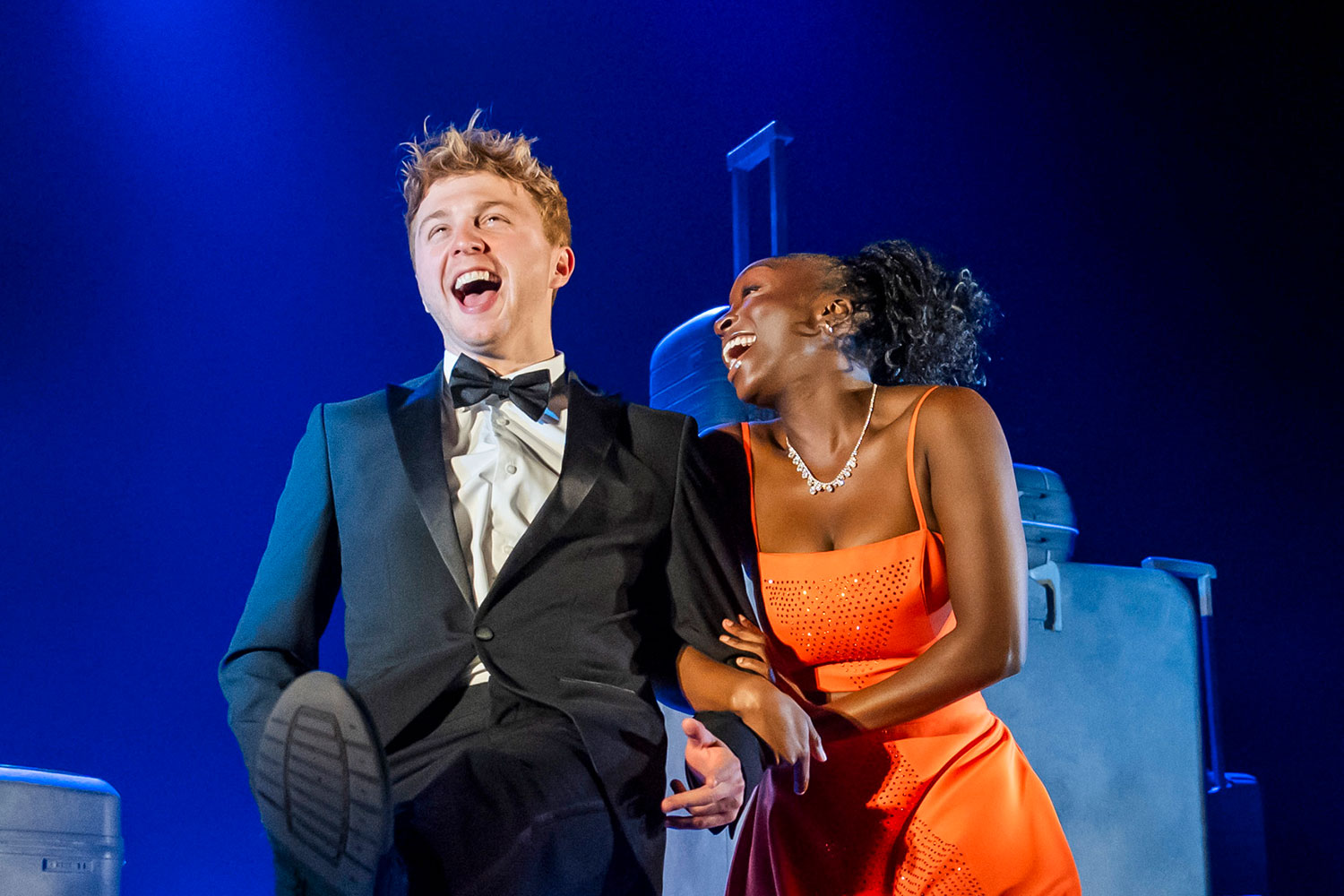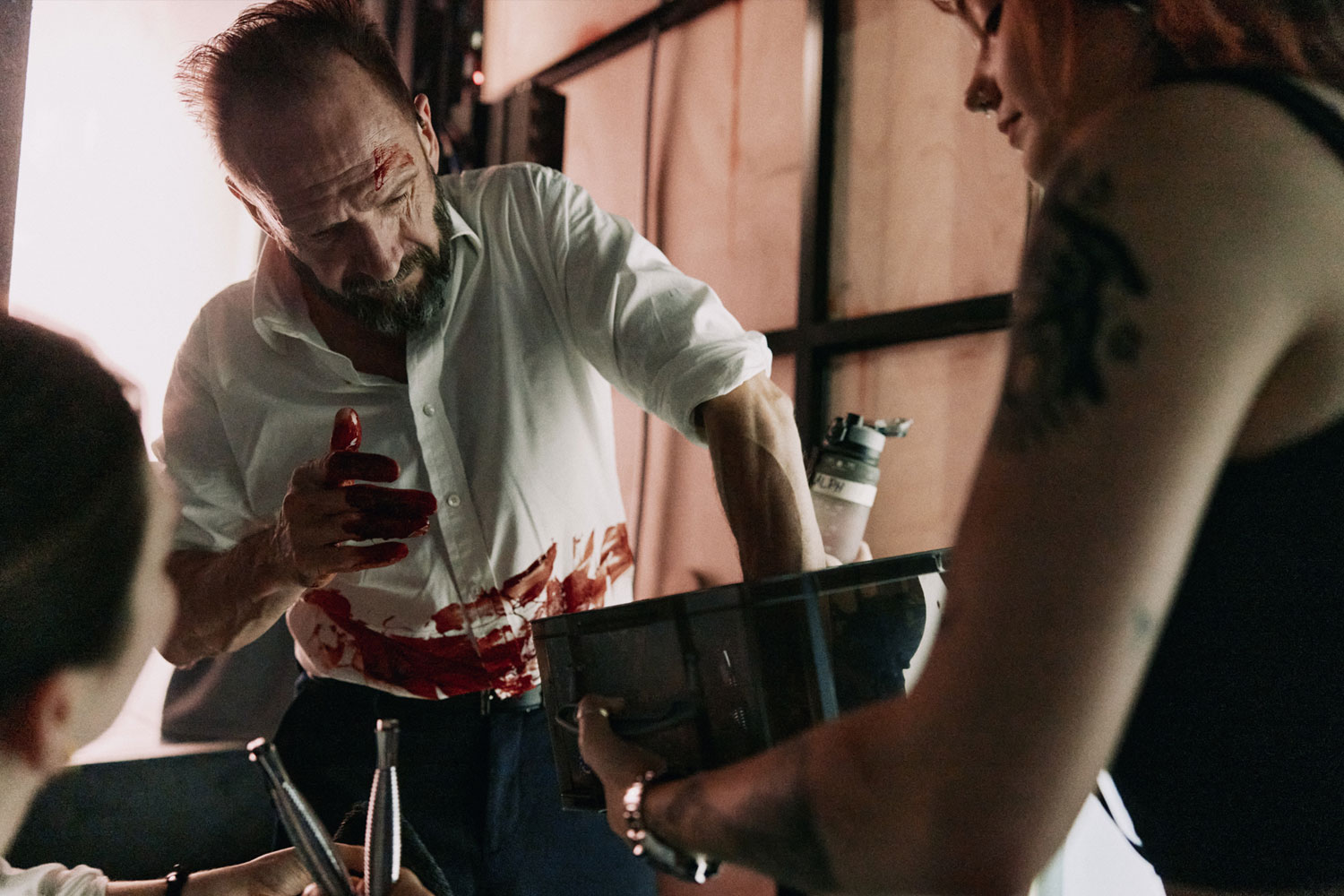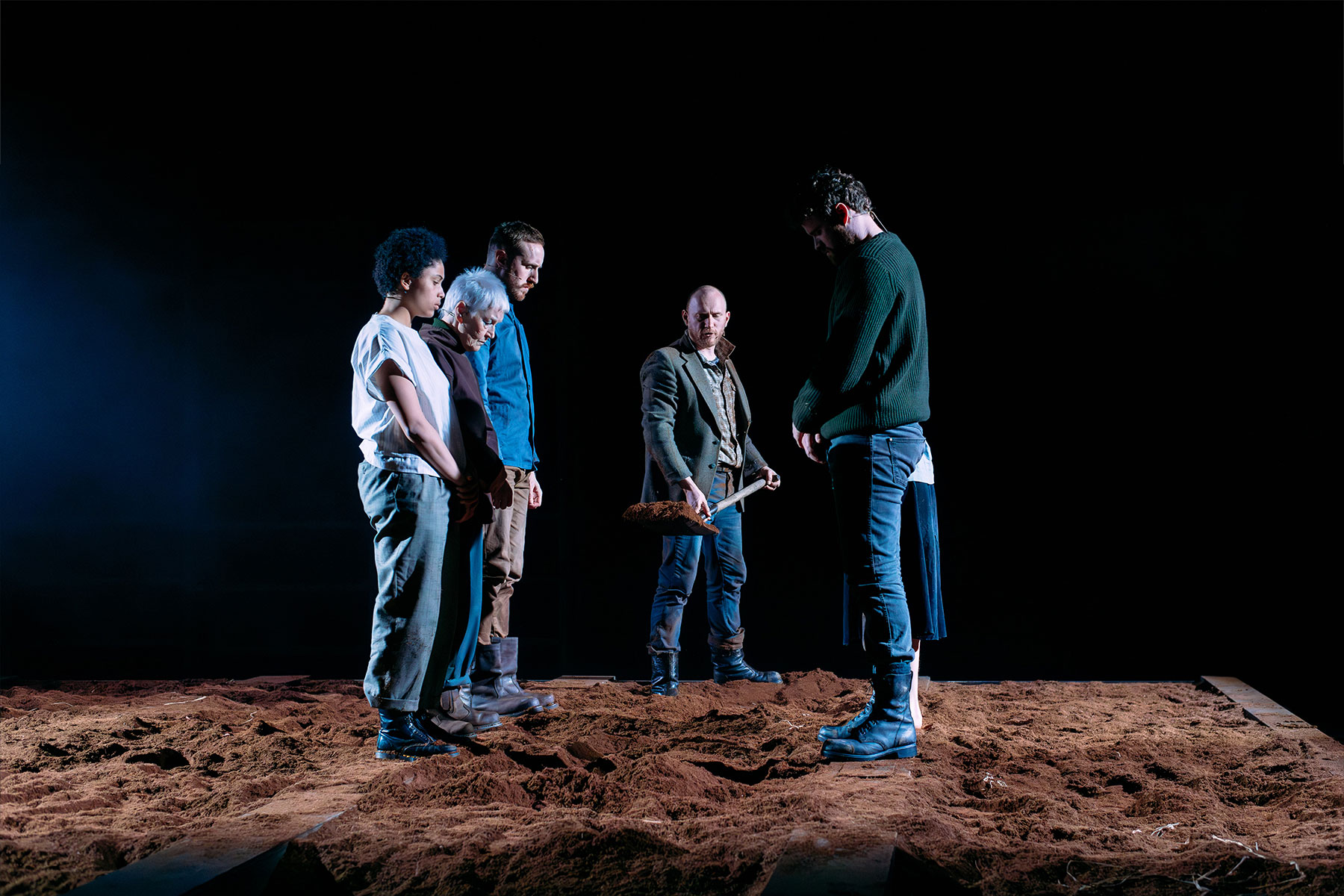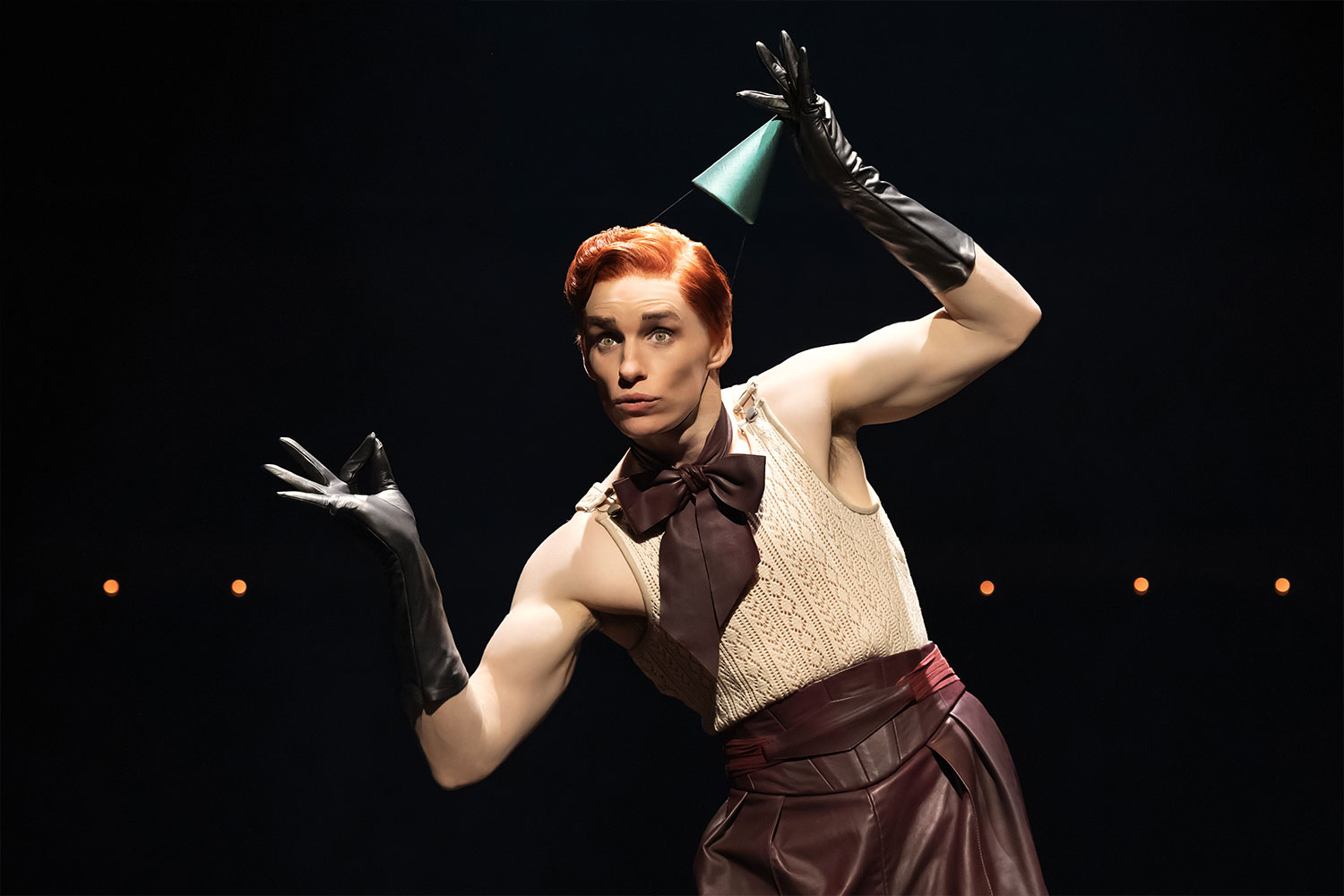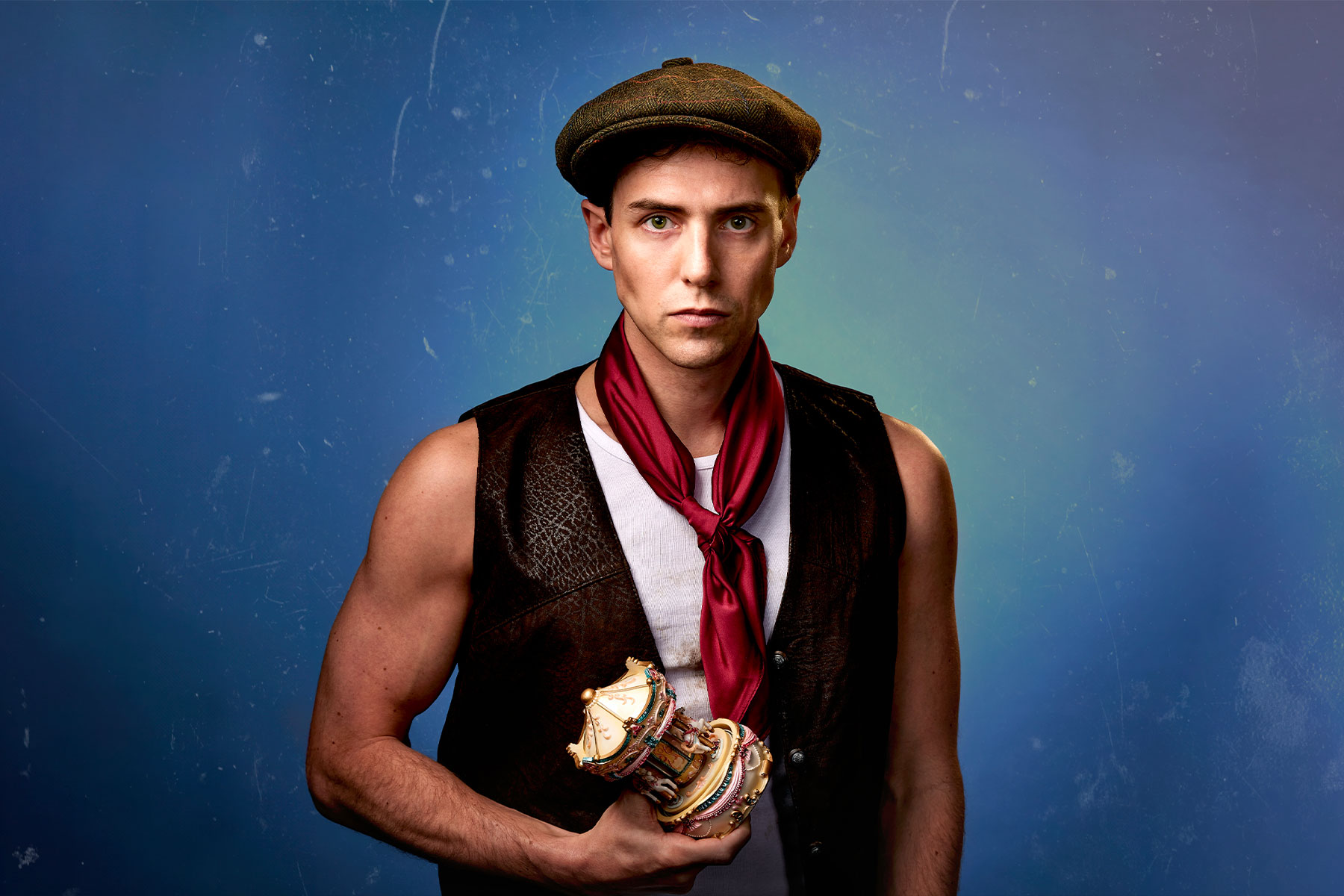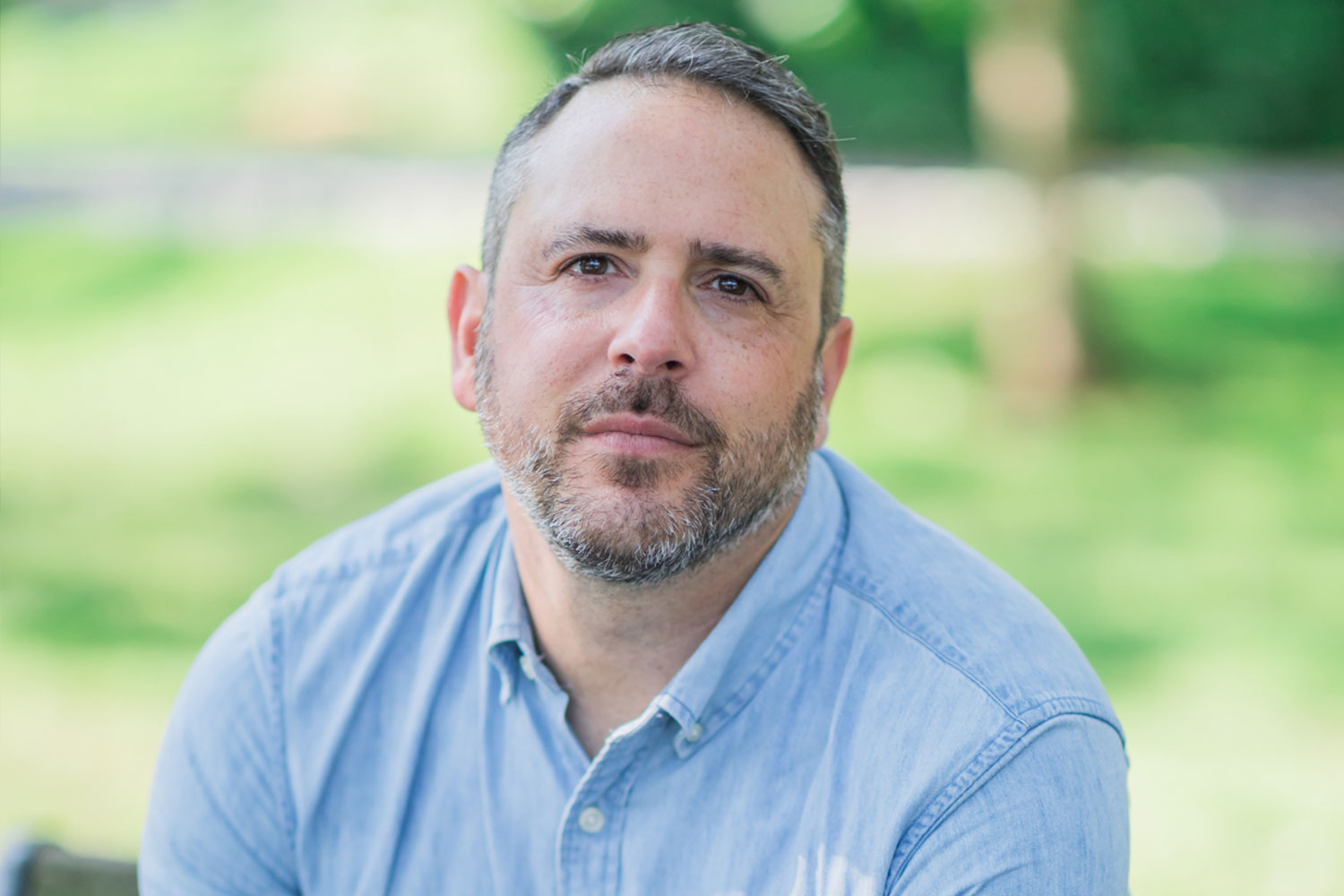Calendar Girls (tour-Norwich)
With a new cast (to be varied yet again for the autumn performances) and a fresh approach by a new director, the current bevy of Calendar Girls is once more filling theatres. Roger Haines has made the production earthier – one could say somewhat broader and definitely more raucous – than the Hamish McColl original. It’s important also to bear in mind that Tim Firth’s script derives from his screenplay and not the other (more usual) way around. We are whisked through time and locations at an electric rather than hand-beaten pace.
Annie, as the Angela character is called, is played by Sue Holderness who makes her bereavement and the conflicting emotions which it spawns both credible and immensely moving, especially in her second-act scenes with her friend Chris (Gemma Craven). Craven’s is another good performance, as is that of Letitia Dean as the vicar’s daughter who has gone her own way through life, making the most of it as she goes. Anna Charleston plays the former teacher, still raw about her forced retirement but prepared to make a joke of it, albeit sometimes a caustic one.
At first a figure of fun, Hannah Waterman’s Ruth develops from a wee tim’rous beastie into one with quite sharp claws. Yorkshire’s down-to-earth people tend to take a fairly jaundiced approach to those authority figures who presume to rather more status than they in fact possess. Here they are represented by Elizabeth Bennett as Marie, the WI chairwoman, and Su Douglas as local grandee Lady Cravenshire. The two husbands whom we meet – Annie’s John and Chris’ Rod – are well contrasted by Colin Tarrant and John Labanowski while Dean Gaffney puts the two photographers, local Lawrence and metropolitan Liam, into their proper focus.



